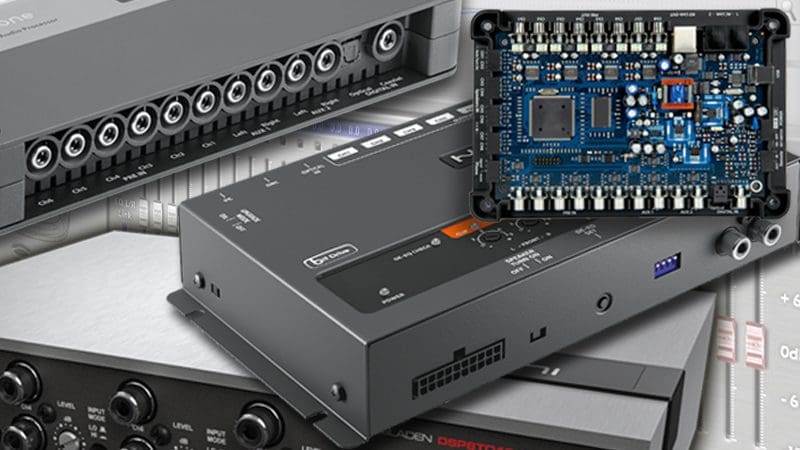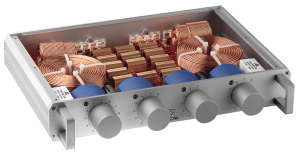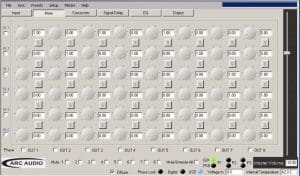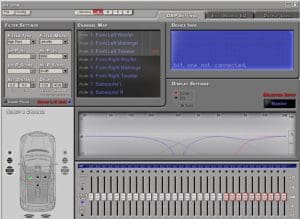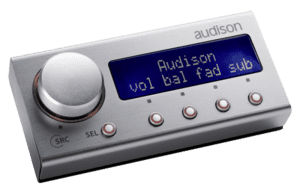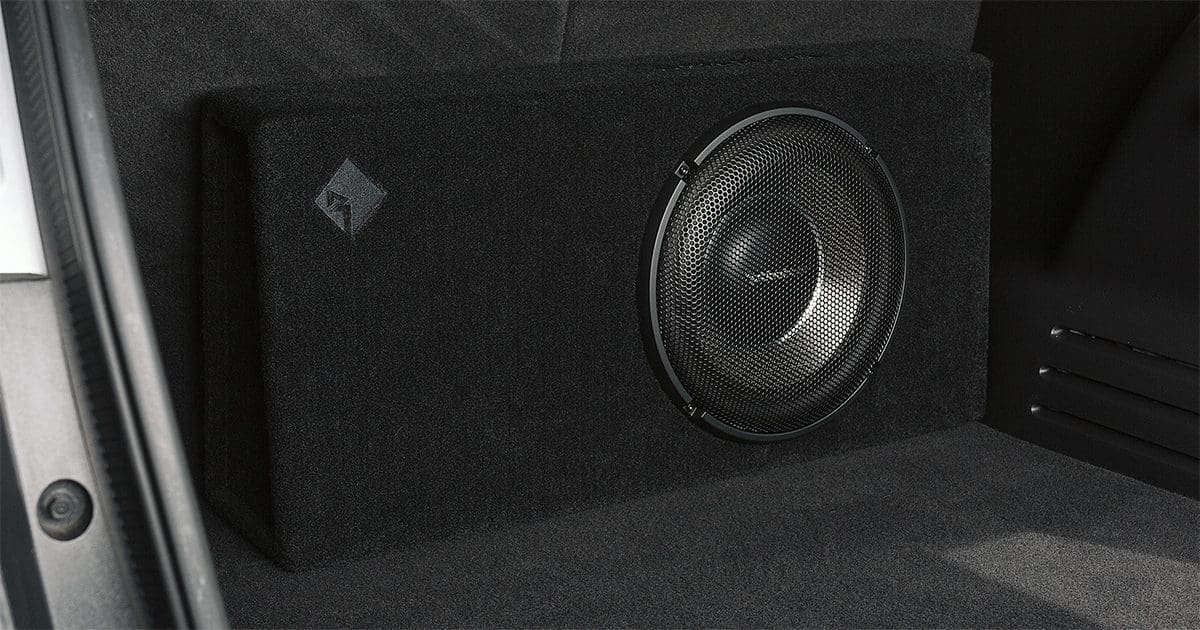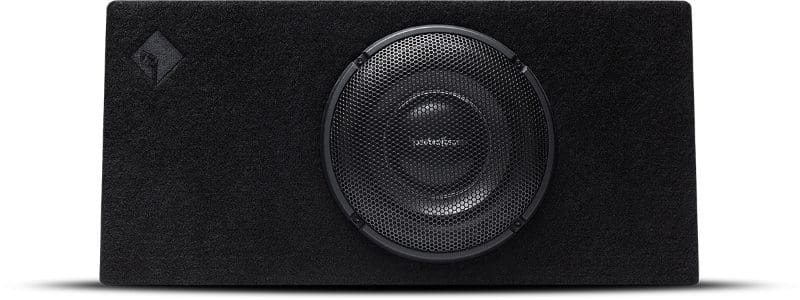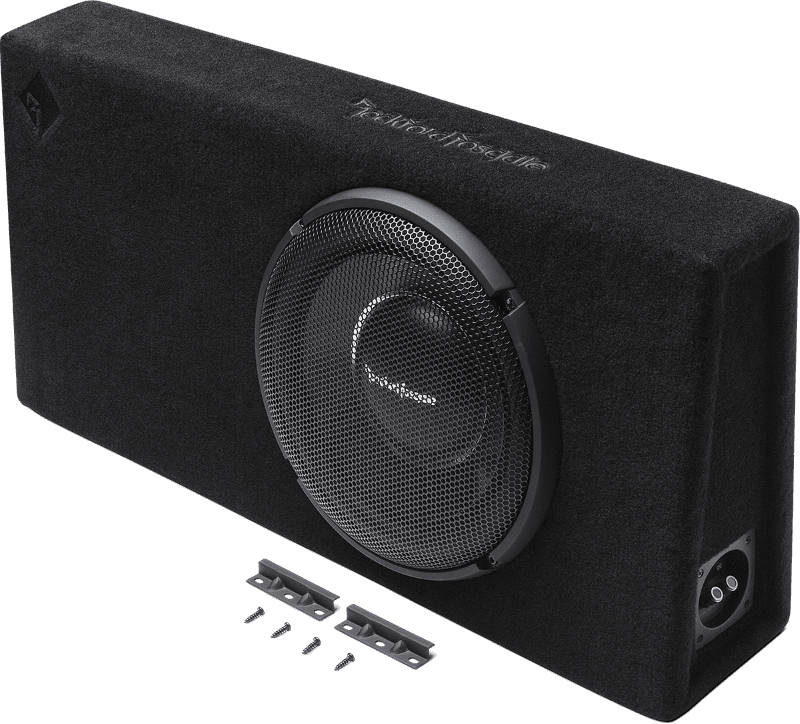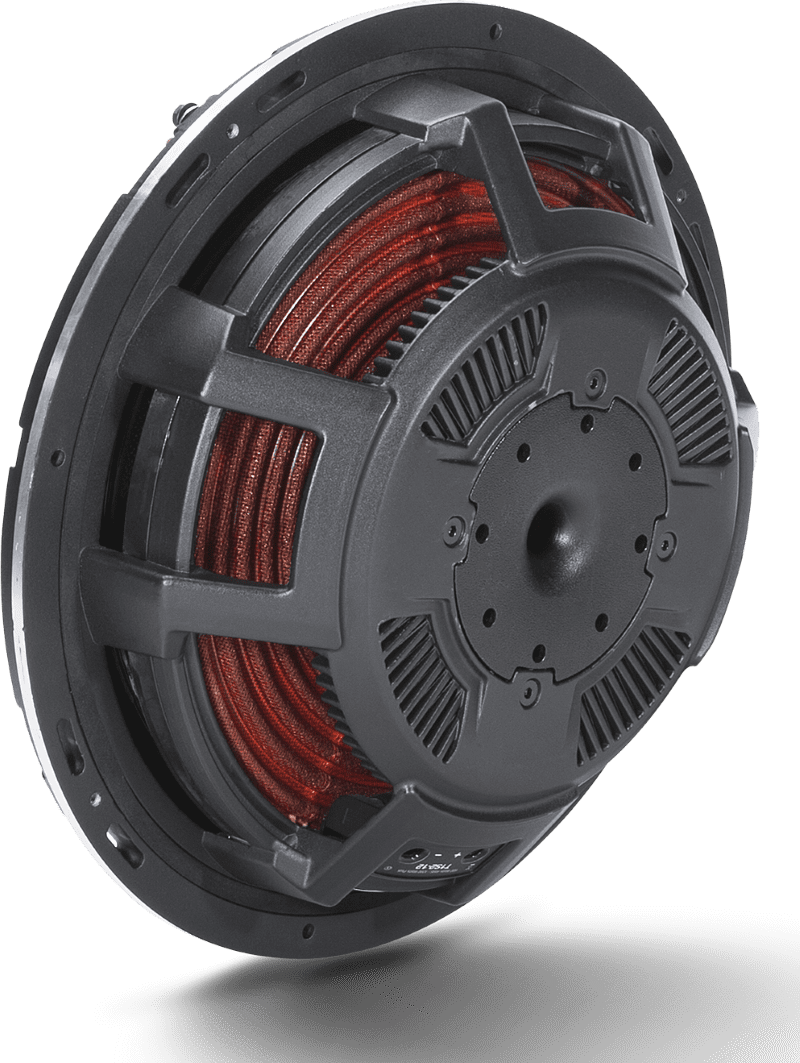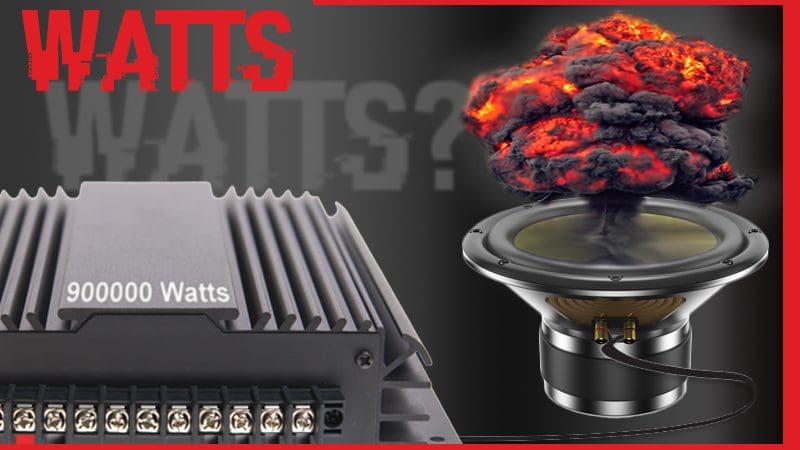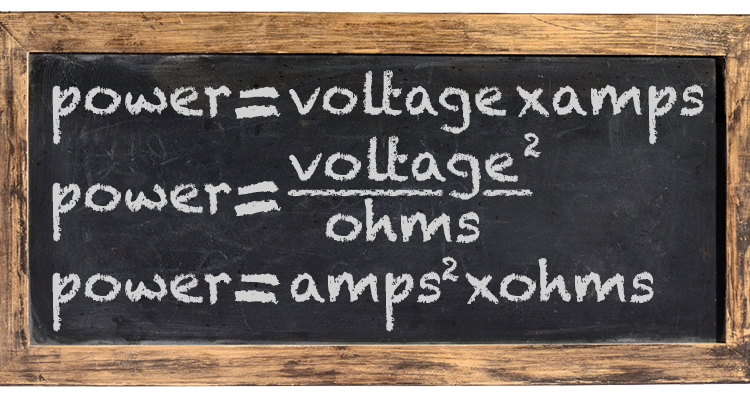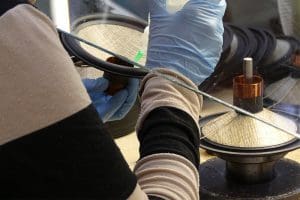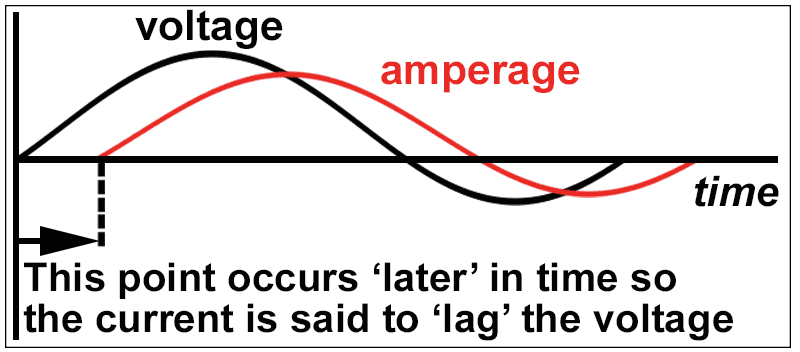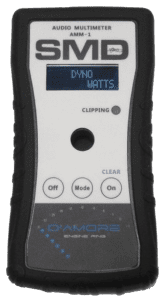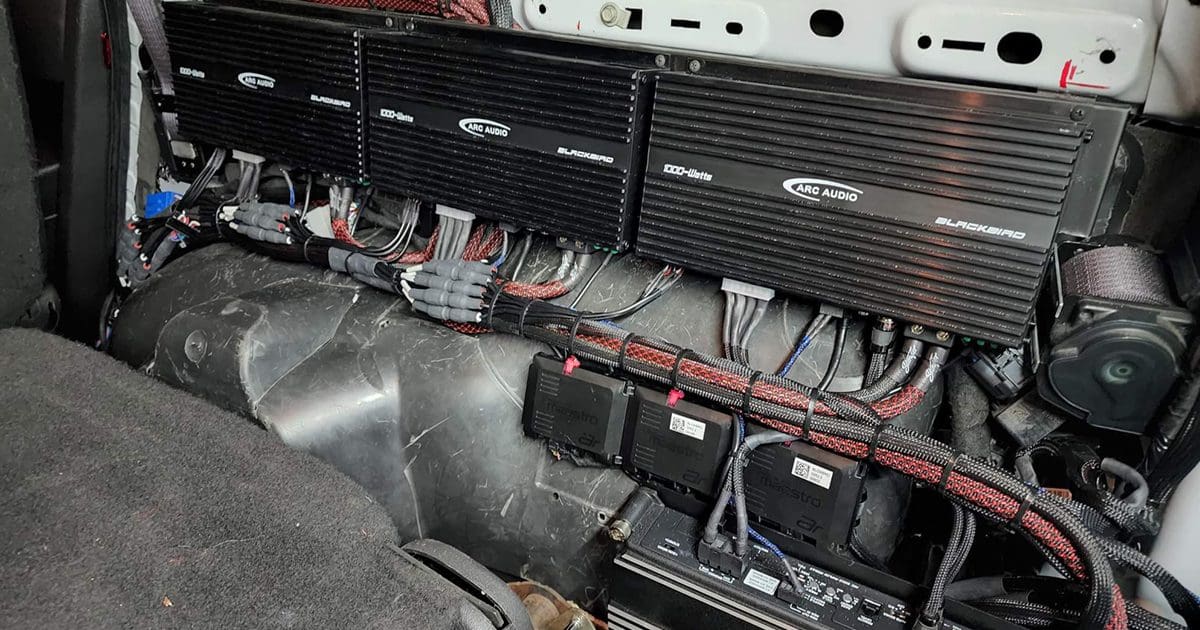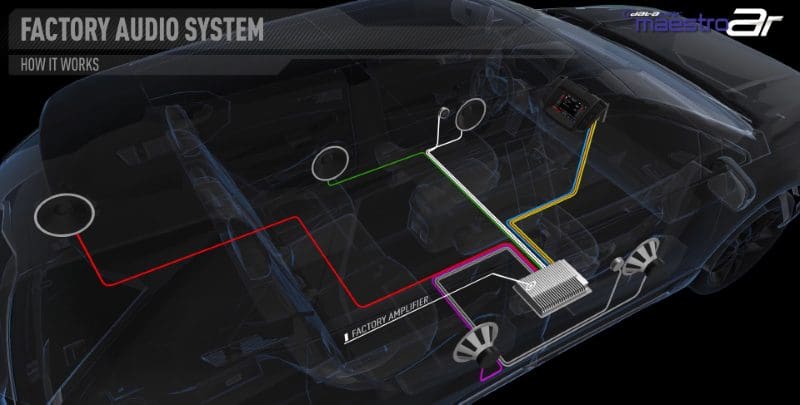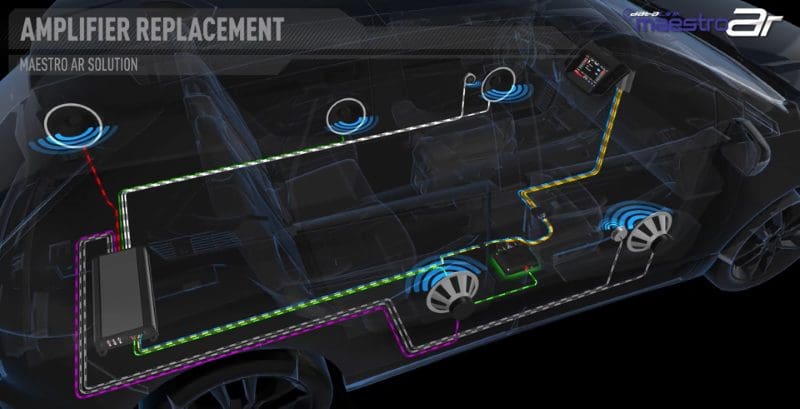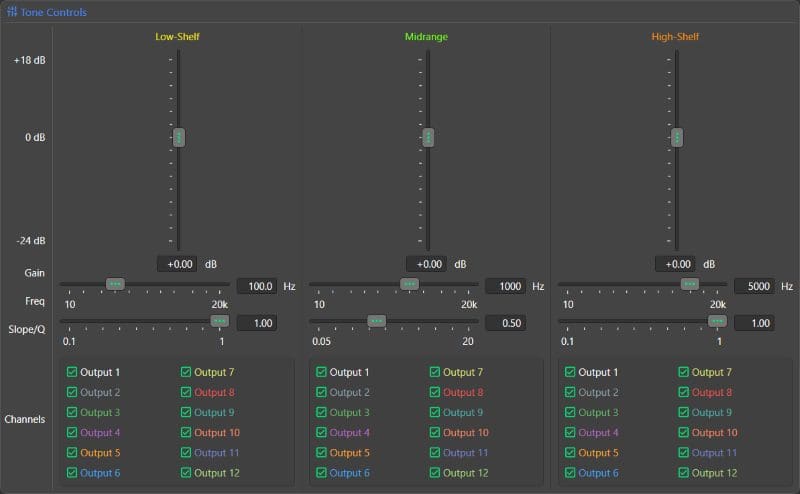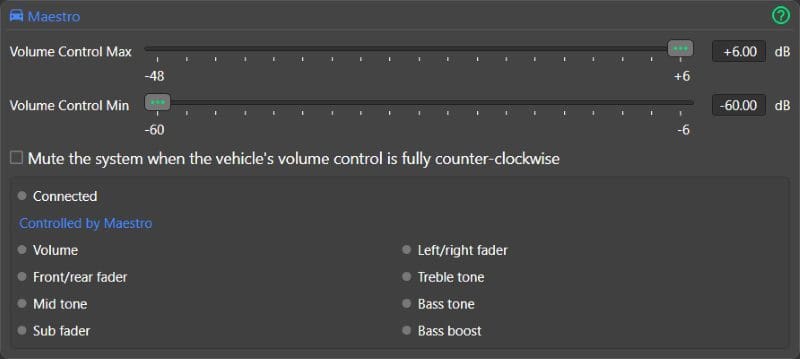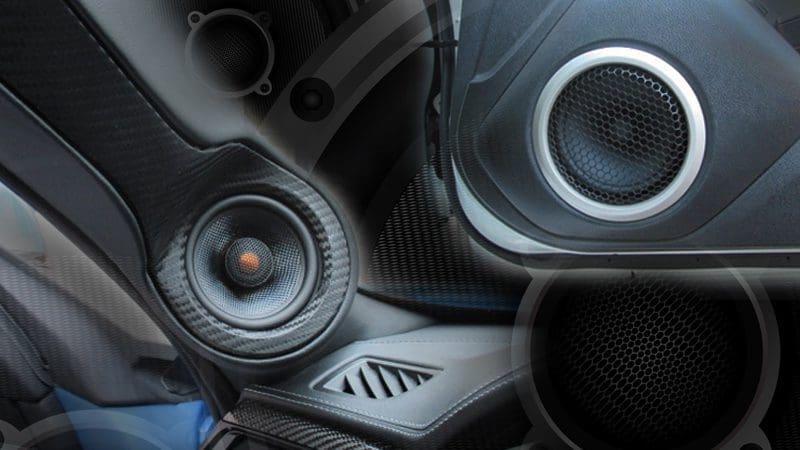 The speakers in your mobile entertainment system are one of the most critical components in determining how your system sounds. If you choose poorly designed speakers that have distortion issues from poor cone, suspension or motor design, no amount of signal processing can make your system sound great. The methods used to install your speakers are as important as the design of the speakers themselves. In this article, we are going to look into some of the common mistakes that occur during speaker installation and how to maximize the performance of your speakers.
The speakers in your mobile entertainment system are one of the most critical components in determining how your system sounds. If you choose poorly designed speakers that have distortion issues from poor cone, suspension or motor design, no amount of signal processing can make your system sound great. The methods used to install your speakers are as important as the design of the speakers themselves. In this article, we are going to look into some of the common mistakes that occur during speaker installation and how to maximize the performance of your speakers.
Speakers Need A Stable Foundation
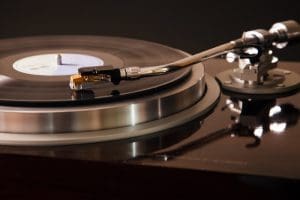 If you want to listen to a record player, you want the unit to be on a solid table or stand. You’d never try to hold the turntable on your lap – the needle would jump and bound all over the place. When it comes to speakers, you want all the energy from the motor to move the speaker cone and not the basket. Why would the basket move? Newton’s Third Law of Motion states: When one body exerts a force on a second body, the second body simultaneously exerts a force equal in magnitude and opposite in direction on the first body.
If you want to listen to a record player, you want the unit to be on a solid table or stand. You’d never try to hold the turntable on your lap – the needle would jump and bound all over the place. When it comes to speakers, you want all the energy from the motor to move the speaker cone and not the basket. Why would the basket move? Newton’s Third Law of Motion states: When one body exerts a force on a second body, the second body simultaneously exerts a force equal in magnitude and opposite in direction on the first body.
When the voice coil pushes the speaker cone out, the inertia of the cone is also pushing back on the fixed magnet. If the speaker isn’t mounted securely, it will buzz, vibrate and otherwise move around. These vibrations cause all manner of distortion.
Look at a set of high-end home audio speakers. Years ago, Linn had a set of narrow floor-standing speakers that used a pair of small midrange drivers, roughly 4.5 inches in diameter. The front baffle of the speaker enclosure was 1.5-inch thick MDF. If you knocked on it with your knuckles, it sounded like concrete. And yes, those speakers sounded excellent!
Speaker Installation – Consider Mass
To combat the forces generated by the moving speaker cone, you will want to consider beefing up the mounting surface. In the case of a subwoofer enclosure, an extra-thick front panel can help. Vertical braces on either side of the speaker mounting surface help even more. The best solution is to run full-size braces from the front of the enclosure to the rear. Full depth braces lock the front and rear panels together and add dramatic strength to the speaker mounting surface. These braces also control vibrations in the rear panel to improve performance further.
For a smaller speaker such as midrange or midbass driver in a door, adding strength is a little more difficult. The most common practice is to add a layer or two of butyl damping material (sound deadening) to the metal around the speaker. You can even add a layer or two on the inside of the door skin if you are concerned about thickness. Damping materials with an aluminum layer add a little extra mass.

If your installer is constructing a set of speaker mounting adapters, then ask if they are using a material that has some mass to it. HDPE and ABS are good; acrylic is even better. A material like Corian – the DuPont countertop material – is fantastic. You can easily cut and shape Corian and glue parts together with Cyanoacrylate (Crazy Glue). You may want to use thread inserts or t-nuts with all of these materials. While it is readily available and easy to work with, don’t use wood for speaker adapters inside doors – it will get wet, swell up and deform. It can also hold water and get moldy.
Speaker Installation – Location Matters
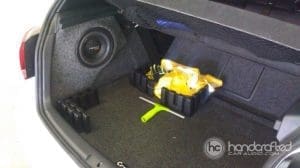
If your audio system is going to use factory speaker locations, most of the time these are acceptable to provide an unobstructed output path to the listening area. The last thing you want to do is block the output of the speaker by putting something in front of it. Keep magazines, books, paper and other objects from piling up in front of, or on top of, your speakers.
For subwoofers, the location of the sub has a dramatic effect on how it sounds. You want the energy from the subwoofer to be able to mix with the sound from your midbass speakers as easily as possible. For this reason, hatchbacks and SUVs are great for bass. If you have a sedan, then firing the output of your subwoofer through a ski pass-through works well. You can get away with firing subs into the trunk of a sedan, but you will want to ensure that your midbass drivers can play fairly low – say 75 Hertz or so – to ensure that you don’t lose impact and dynamics.
Back-Wave Cancellation Problems
We use speaker enclosures for two primary reasons – to limit the movement of the speaker cone and to prevent the sound coming from the rear of the speaker cone from canceling out the sound coming from the front. You need to prevent the rearward sound from mixing with the front. For midrange speakers, this means building good quality mounting adapters. Your installer can also use sound-deadening materials to seal up openings in the interior skin of your door panels. You will get better speaker performance with proper back-wave management than you will just buying better speakers.
Weather Protection Ensures Longevity
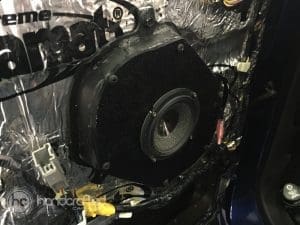
When mounting speakers in a door panel, it is inevitable that the back of the speaker will get wet. The interior of doors are not completely watertight, and this poses a challenge for installers. Creating an enclosure out of a water-resistant material would be the perfect option, but there is rarely enough mounting depth and it is difficult to create an enclosure that is large enough not to affect the performance of the speaker. For many years, installers have used foam ‘hats,’ cut in half to protect the top of the speaker from direct exposure to drops from the window seal. These are a good option. A thick foam gasket mounted behind the speaker mounting surface can also help. Companies like SoundSkins and F.A.S.T. Rings have ready to apply pre-cut solutions.
There are dozens of other considerations when it comes to having your speakers installed. The most important task for you is to partner with a retailer that does high-quality work and has an excellent reputation. Choosing great speakers for your car audio system is a lot of fun. Hearing them perform up to their potential is even better.
This article is written and produced by the team at www.BestCarAudio.com. Reproduction or use of any kind is prohibited without the express written permission of 1sixty8 media.
